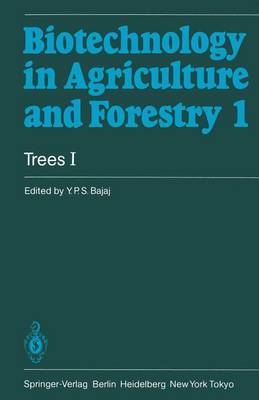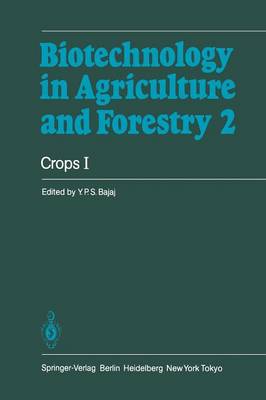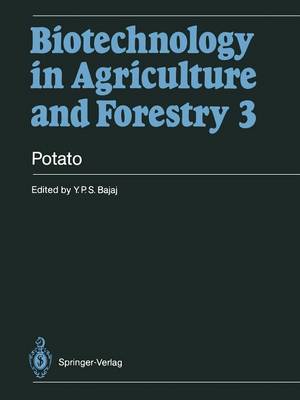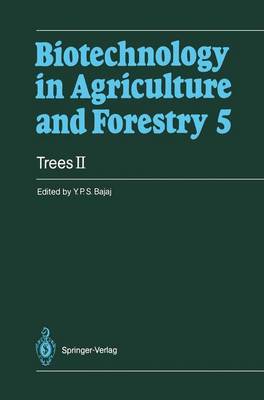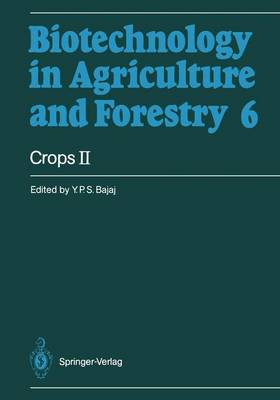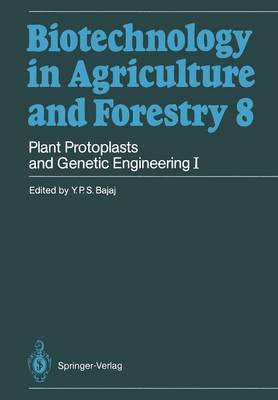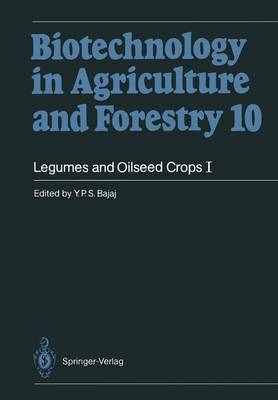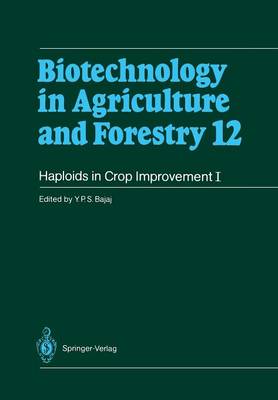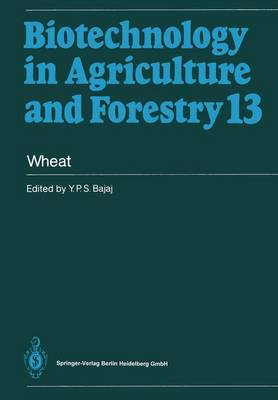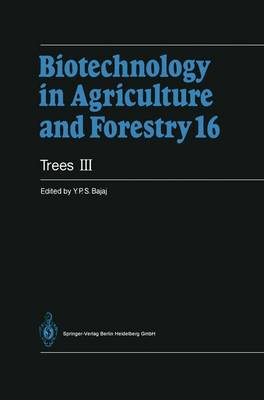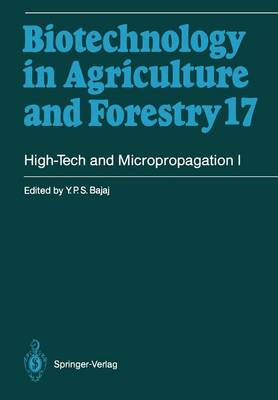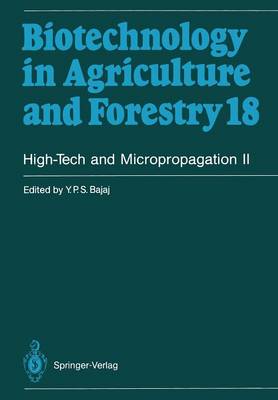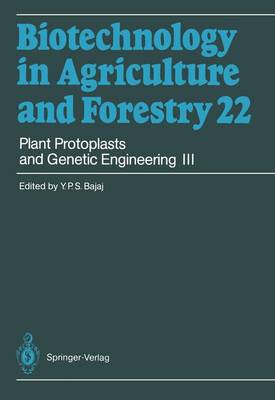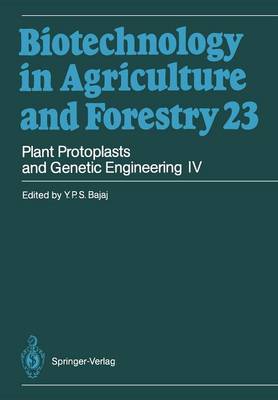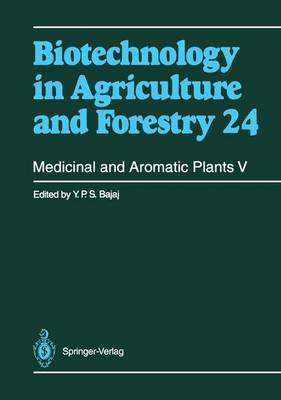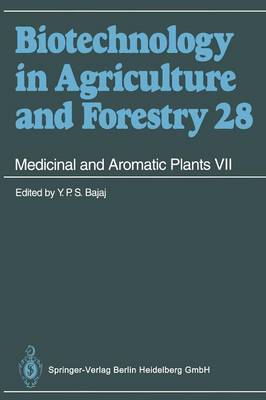Biotechnology in Agriculture and Forestry
23 primary works • 25 total works
Book 1
Book 2
Book 3
Book 5
Book 6
Book 8
Plant Protoplasts and Genetic Engineering I
by Professor Dr. Y. P. S. Bajaj
Book 9
Plant Protoplasts and Genetic Engineering II
by Professor Dr. Y. P. S. Bajaj
The literature on the DNA recombinants and genetic transformation, both Agrobacterium-mediated and direct gene transfer in agricultural crops and trees, such as poplars, is reviewed, and the uses of cytoplasts and miniprotoplasts in genetic manipulation are highlighted.
Book 10
, soybean and sunflower have been well studied, wherein haploids, somaclones, somatic hybrids, cybrids and transformed plants have been produced. Oilpalm is one of the best examples where micropropagation is being commercially prac- ticed. Regarding legumes, though there is extensive work on forages, such as Medicago and Trifolium, much needs to be done on food legumes.
Book 11
Somaclonal Variation in Crop Improvement I
by Professor Dr. Y. P. S. Bajaj
For instance in agricultural crops such as potato, tomato, tobacco, maize, rice and sugarcane, plants showing tolerance to a number of diseases, viruses, herbicides and salinity, have been isolated in cell cultures. Likewise induction of male sterility in rice, and wheat showing various levels of fer- tility and gliadin, have been developed in vitro. These academic excercises open new avenues for plant breeders and pathologists. Another area of tremendous commercial importance in the pharmaceuti- cal industry is the selection of cell lines showing high levels of medicinal and industrial compounds. Already high shikonin containing somaclones in Lithospermum are being used commercially.
Book 12
Book 13
Book 14
Book 16
Book 17
Book 18
Book 19
Book 22
Plant Protoplasts and Genetic Engineering III
by Professor Dr. Y. P. S. Bajaj
Book 23
Plant Protoplasts and Genetic Engineering IV
by Professor Dr. Y. P. S. Bajaj
Book 24
Book 28
BAJAJ Series Editor Contents I Aesculus hippocastanum L. (Horse Chestnut): In Vitro Culture and Production of Aescin P. GASTALDO, A. M. CAVIGLIA, and P. PROFUMO (With 7 Figures) 1 General Account ...1 ...2 In Vitro Culture Studies ...4 3 Summary and Conclusions ...10 4 Protocol...11 References ...11 II Althaea officinalis L. (Marshmallow): In Vitro Culture and the Production of Biologically Active Compounds I. IONKovA and A. W. ALFERMANN (With 10 Figures) 1 General Account...13 ...2 Biotechnological Approaches...21 .
